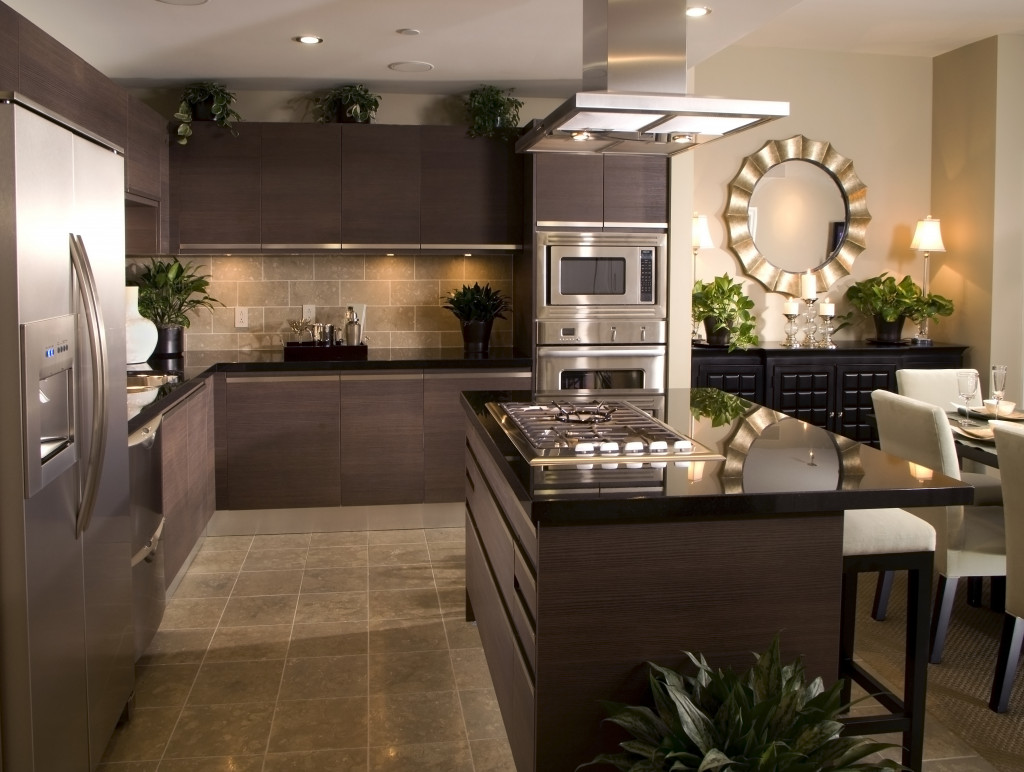Nowadays, healthy eating has become a top priority for many people. All thanks to the growing body of research and awareness campaigns that support the link between nutrition and physical & mental wellness. Diet has long been proven to influence a person’s ability to fight off diseases, but there has been a lot of confusion about which diets and foods deliver the best results.
The truth about nutrition is that it doesn’t matter which program you’re following, be it the Weight Watchers Diet, a strict keto diet, or a specific disease-fighting diet like the DASH diet. What matters is that you’re eating the right amount based on your specific caloric requirements.
While you can switch between different diets down the line, what’s important is that you develop a system or lifestyle geared toward eating healthier, cleaner food and being more mindful of what you eat so you can achieve long-term, optimal wellness.
And one way you can do that is to design a wellness-focused kitchen. Below are some tips to help you get started:
Design with ergonomics in mind
First things first, it’s important to have a kitchen that you’ll enjoy working in. As you’d learn during your family counseling, your kitchen should also be a place for the whole family to bond and enjoy a nice meal together.
A clean, efficient, organized, and fully equipped kitchen will inspire you to cook more, which is a lot healthier than eating out or ordering in. An ergonomic kitchen should have a seamless flow between workstations and have accessible and organized storage spaces. It should be spacious enough to allow for freedom of movement. More importantly, it should be designed in a way that limits safety hazards like trips, falls, and overstretching of limbs.
Clear up your fridge

A dirty and messy fridge could lead to wastage and food safety issues. Plus, it makes home cooking less appealing. Before you go on your next grocery run, have your fridge cleared down to the last crumb, then clean every nook and cranny.
Throw away foods past their expiration date and transfer the good ones in clean containers. Invest in fridge storage containers like egg trays, stackable fruit drawers, and containers with water strainers inside.
Open up your pantry
Cereals, canned food, condiments, and other non-perishable food items are often stored in dark cupboards, where they are “out of sight, out of mind” and are often left to go stale. By keeping your pantry items visible, you’ll feel more encouraged to use them. But to make them look attractive, load up on clear and sturdy food containers like jars and stackable containers for storing food items.
You can also label these containers for easy identification. You can do this for spices, oils, seasonings, and dry goods like flour, grains, oats, sugar, nuts, legumes, pasta, and seeds. For canned and bottled foods like sun-dried tomatoes, olives, capers, and pickles, consider sorting them according to their expiration dates and store them in boxes or storage racks. Only keep extras and refills in cupboards and replenish your open pantry containers regularly.
Try food storage hacks
Some people prefer buying canned and frozen produce because fresh ones don’t keep well. But that’s not necessarily true. There are many ways you can keep even the most delicate produce fresh for over two to three weeks in the fridge. Follow this brief guide and never throw rotten food again:
- Use airtight containers – glass and plastic containers and organizers are great at keeping fruits and vegetables fresh for weeks. All you need to do is sprinkle some water inside to keep the produce moist and crisp. Plus, this technique keeps your fridge neat and odor-free.
- Keep them in zip-top bags – if space is an issue, you can store fruits and veggies in zip-top bags instead. Just make sure there’s enough moisture in there and that the zip-top is thoroughly closed.
- Wrap them in paper or kitchen napkins – wrapping vegetables halfway with a damp piece of kitchen napkin or scrap paper (i.e., brown paper, newspaper) is an extra precaution that will extend your produce’s freshness.
- Separate your apples and citrus fruits – apples and citrus fruits like lemons and oranges release chemicals that cause other fruits and vegetables to ripen faster and rot, so keep them separate at all times.
- Store at room temperature – not all produce keeps well in the fridge. Crops like potatoes, tomatoes, onions, and garlic are left stored in an airy, room-temperature spot in the kitchen.
- Put herbs in a jar – keep herbs like basil, dill, rosemary, thyme, cilantro, and parsley fresh and green by cutting the bottom of their stems and placing them in a Mason or quart jar with an inch of water at the bottom. Keep replacing the water when they get murky.
A wellness-focused kitchen is one that inspires you to prepare healthy meals that you and your family will enjoy. Try these simple tips and start your healthy eating journey today.
